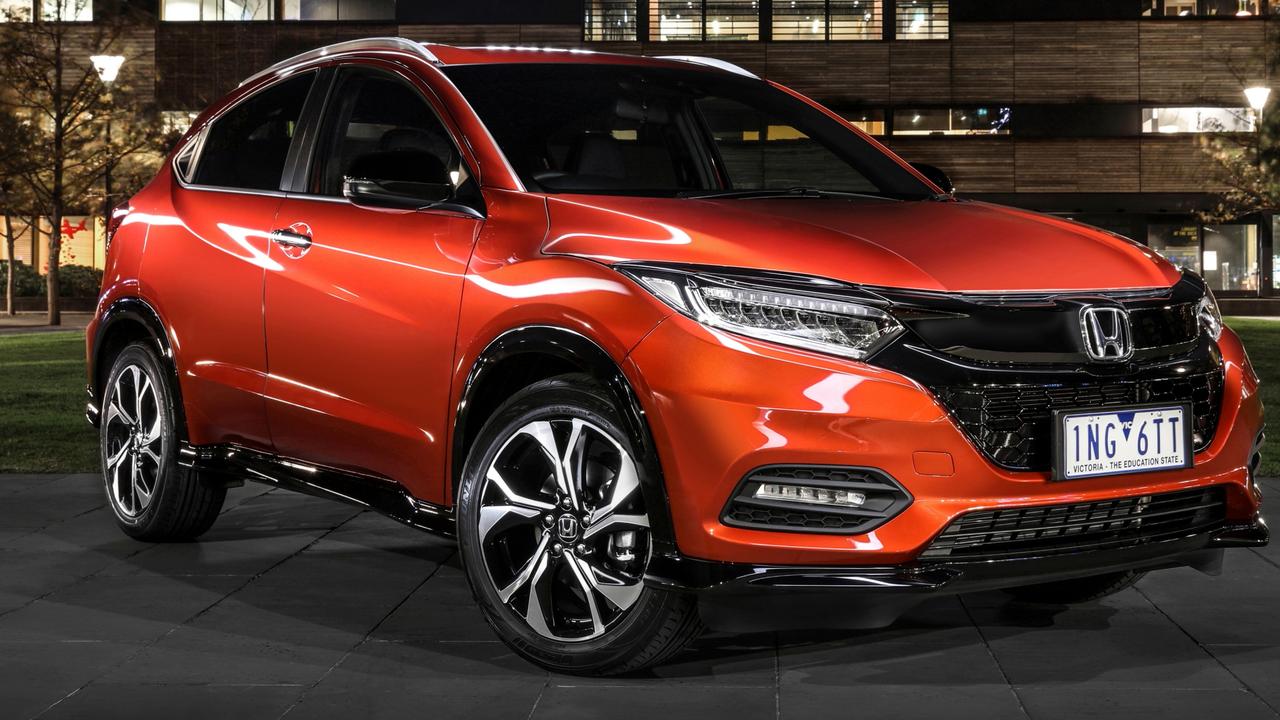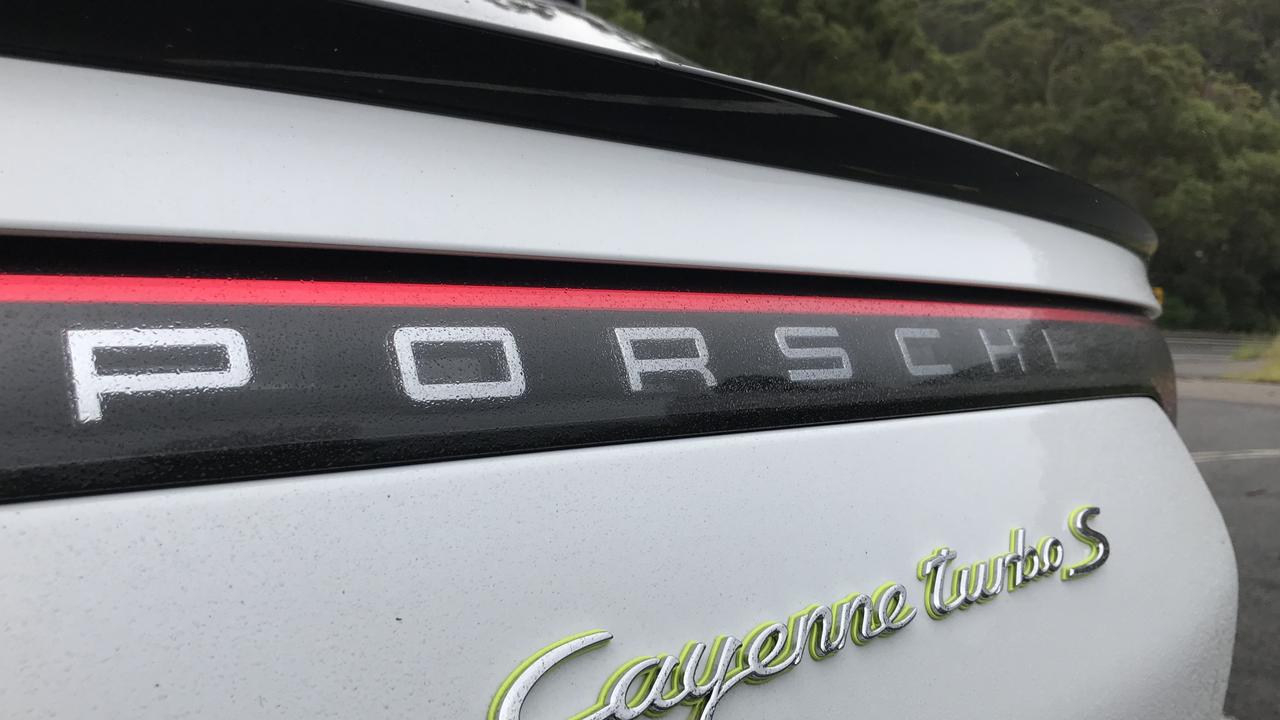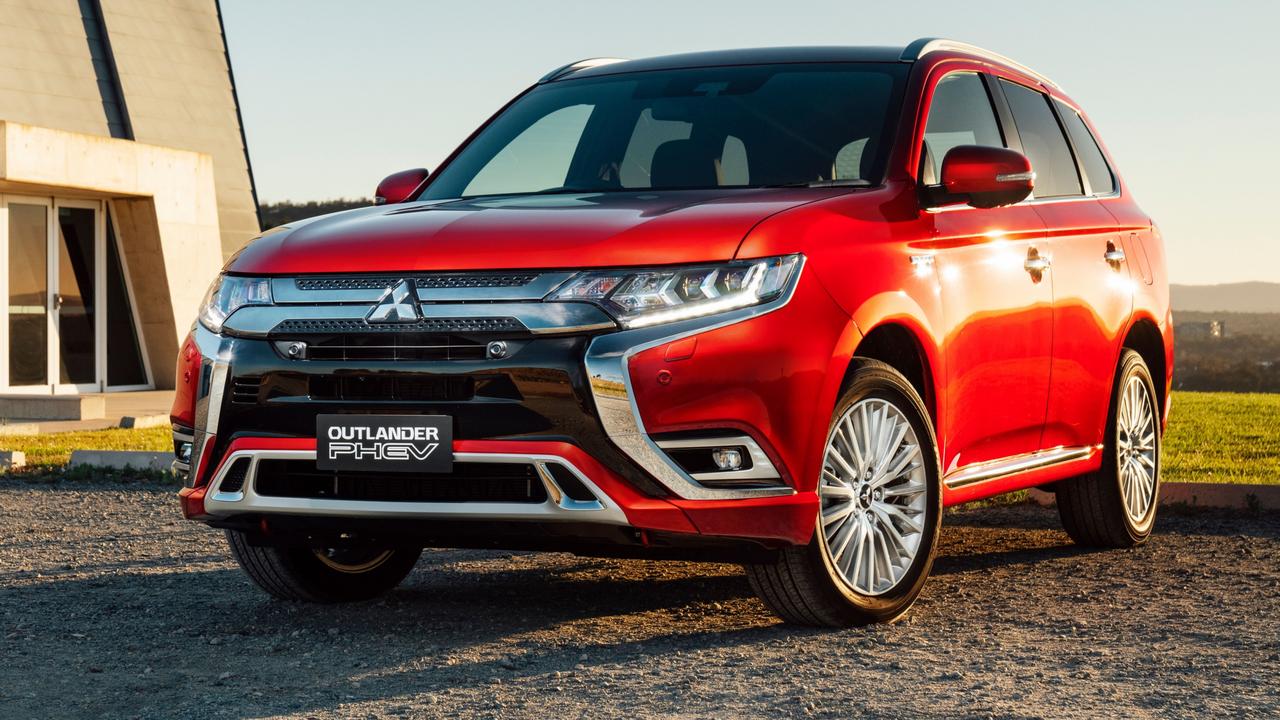Suzuki Swift Sport reviewed: cheap thrills for enthusiast drivers
IT MIGHT not be the most powerful car on the market, but it’s big on the fun factor.
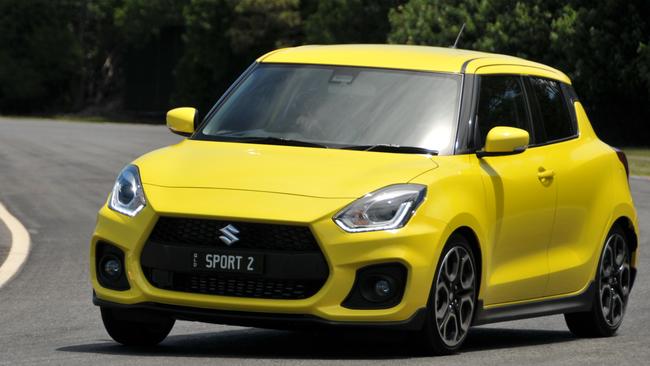
SUZUKI’S ability to do more with less has enticed buyers people into the Swift Sports since the model launch in 2006.
The original hot hatch formula of light weight, tight chassis and responsive steering earned the Sport a legion of passionate fans who appreciated its compact size during the week and the fact it could be flung around corners on the weekends.
The second generation car follows the same path but with an emphasis on the latest mod-cons, from Android/Apple phone mirroring to adaptive cruise control and autonomous emergency braking.
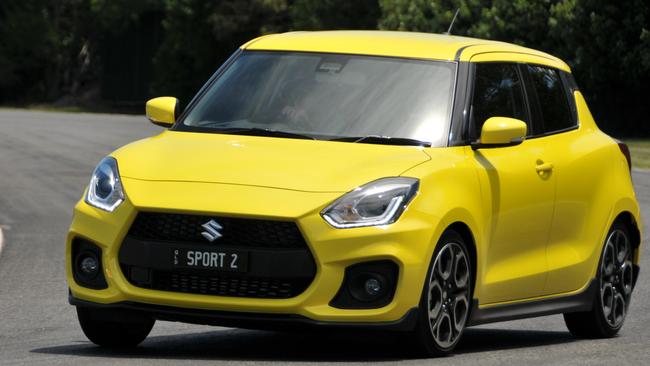
It is a more resolved car than its predecessor. Diehard Sport enthusiasts may not appreciate the veneer of civility but it should broaden the car’s appeal beyond the typical hot hatch brigade.
At the heart of the changes is a 1.4-litre turbocharged engine replacing the 1.6-litre naturally aspirated mill in the previous model, meaning it’s now more about mid-range shove than top-of-the-tachometer revs. That makes the new Sport quicker, if less boy racer-ish.
At $25,490 for the six-speed manual, it undercuts the Ford Fiesta ST and Volkswagen Polo GTI by about $2000. The six-speed auto adds $2000.
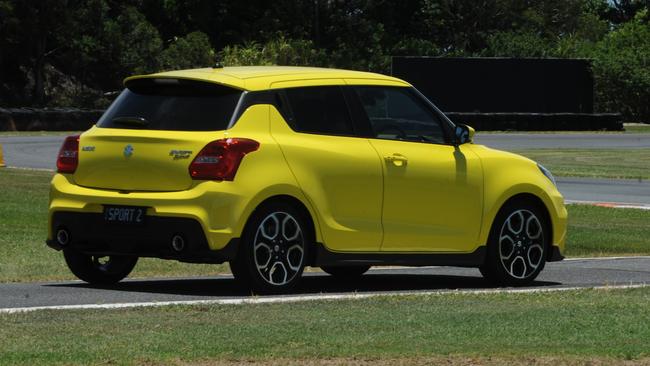
The interior is typically Suzuki — rugged, durable plastics that feel solid and align pretty well for a car at this price point. A seven-inch touchscreen has four tiles dubbed listen, drive, call and connect. It is easy to understand and pairs quickly with Android and Apple devices.
More displays have been added to the 4.2-inch TFT screen in the instrument panel, showing the likes of lateral G-forces, turbo boost and acceleration/braking forces.
The seats are supportive if flat-based but don’t expect anyone to spend long in the middle rear pew.

ON THE ROAD
The original Swift Sport wasn’t exactly a porker but this version comes in 80kg lighter at 1045kg. Consequently you don’t need a huge amount of power to motivate it.
The six manual ratios are tightly packed, meaning the engine is spinning at about 2500rpm at 100km/h in sixth gear. The automatic transmission uses a taller final gear that would make more sense for those who regularly commute long distances.
Fitting an auto takes some of the fun out of the Sport, though. This is a car that you want to be engaged with and the manual is the preferred option.
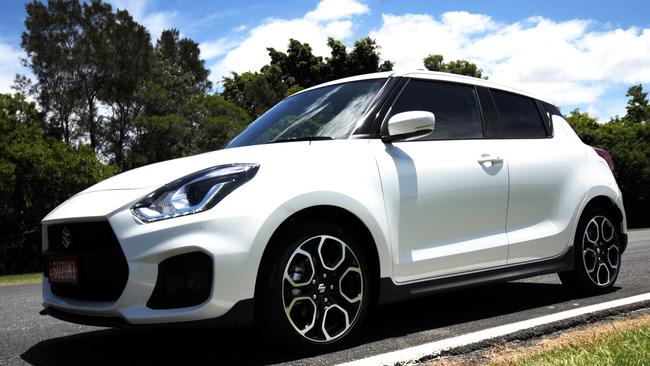
On hairpin turns, expect mild understeer on entry and the Sport will then chirp its front wheels as you apply power on exit. There are no causes for concern, given the steering relays what the wheels are doing and the car responds instantly to braking or steering inputs.
The suspension is firm enough to stop the body rolling through the corners but it impresses by still soaking up all but the worst bumps.
Less impressive is the lane-departure intervention. It is abrupt when it does fire up and it fires up regularly if drivers touch the inside line when cornering. Turn it off when you’re on the back roads.
VERDICT

